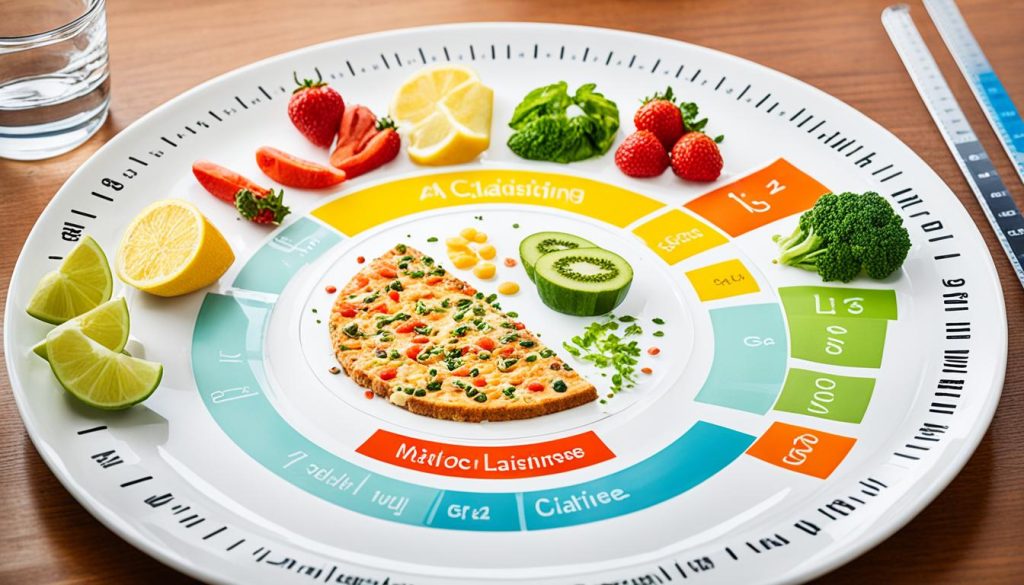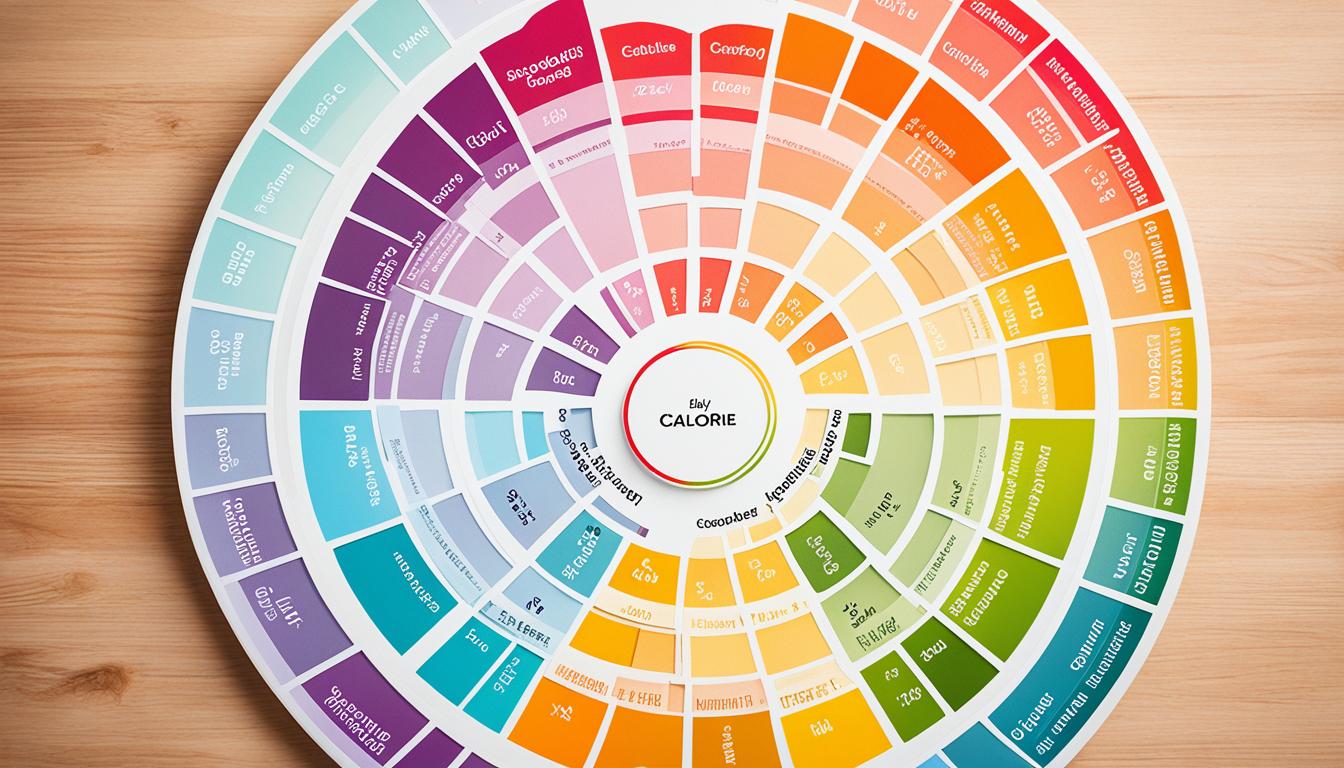Understanding how many calories to lose weight is key to effective for reducing weight. It’s not just about eating less; it’s about eating right. In this comprehensive guide, we’ll delve into the science of weight loss and help you determine the optimal calorie intake for your goals.
Losing weight is a journey that requires a balanced approach. It’s not just about cutting calories; it’s also about making healthy food choices and staying active. By the end of this article, you’ll have a clear understanding of how many calories you need to lose weight effectively and sustainably.
How Many Calories to Lose Weight Effectively?
To effectively lose weight, it’s important to understand how many calories you should consume. Calories are a measure of the amount of energy in food and drink. Consuming more calories than you burn can lead to weight gain, while consuming fewer calories can promote weight loss. The recommended daily calorie intake for the average person is 2,500 kcal for men and 2,000 kcal for women. However, when trying to lose weight, it’s recommended to reduce daily calorie intake by about 600 kcal. For men, this means aiming for 1,900 kcal per day, while women should aim for 1,400 kcal. It’s important to note that counting calories is just one approach to weight loss, and other factors like portion control and food choices should also be considered.
To learn more about the importance of calorie deficit and how to count calories accurately, continue reading the following sections. Adjusting your calorie intake and incorporating effective weight loss strategies can help you achieve your desired weight loss goals. Remember to focus on overall health and well-being as you embark on your weight loss journey.
Understanding Calorie Counting
Counting calories can be a useful tool for weight loss. By tracking how many calories you consume and comparing it to your daily intake goal, you can have a better idea of your progress.
Start by checking the calorie information on food labels. Pay attention to both per portion and per 100g measurements, as portion sizes can vary. Weighing your portions can also help you understand your calorie intake.
Keeping a food diary can be another helpful strategy, as it allows you to track what you eat and drink throughout the day. Remember to include calories from cooking oils, spreads, toppings, sauces, and accompaniments.
By understanding how many calories you’re consuming, you can make adjustments to your meals and stay on track with your weight loss goals.
How to Count Calories?
The first step in counting calories is to identify the calorie information on food labels. Take note of the serving size and the number of calories per serving. This will give you an understanding of how many calories you’re consuming with each portion.
For example, if a food item contains 150 calories per serving and you have two servings, you’ll be consuming a total of 300 calories.
Next, it’s important to track the calories in each meal, snack, and drink you have throughout the day. You can use a food diary or a mobile app to help with this process. Be sure to include all ingredients and portion sizes.
When counting calories, don’t forget to account for cooking oils, spreads, dressings, and other additions that contribute to the overall calorie content of a meal.
With accurate tracking, you’ll have a clear picture of your calorie intake and can make informed decisions about your meals to achieve your weight loss goals.
Calorie Information on Food Labels
Food labels provide valuable information about the nutritional content of a product, including its calorie content.
When examining food labels, look for the “per portion” and “per 100g” calorie information. This will give you the flexibility to adjust portion sizes and compare products based on their calorie content.
It’s important to note that manufacturers may use different serving sizes, so it’s essential to pay attention to the portion size specified on the label.
In addition to calorie information, food labels also provide other useful details such as fat, protein, carbohydrate content, and vitamins or minerals.
By understanding the calorie information on food labels and tracking your intake, you can make informed choices and maintain a calorie deficit for successful weight loss.

| Food Item | Calories per Serving | Portion Size |
|---|---|---|
| Whole Wheat Bread | 70 | 1 slice (28g) |
| Chicken Breast (Skinless, Grilled) | 165 | 3 ounces (85g) |
| Broccoli (Steamed) | 55 | 1 cup (156g) |
| Greek Yogurt (Plain, Non-Fat) | 100 | 1 container (170g) |
| Salmon (Baked) | 206 | 3 ounces (85g) |
| Quinoa (Cooked) | 111 | 1 cup (185g) |
Adjusting Calorie Intake for Weight Loss
To effectively lose weight, you’ll need to adjust your calorie intake. This involves creating a calorie deficit, which means consuming fewer calories than your body needs to maintain its current weight. By doing so, you can promote weight loss and achieve your desired goals. A safe and sustainable approach is to aim for a 500-calorie deficit per day, as this can lead to a weight loss of about 1 pound per week.
For women looking to lose weight, the recommended daily calorie intake is around 1,400 kcal per day. Men, on the other hand, should aim for about 1,900 kcal per day. It’s important to note that these figures are estimates and may vary depending on individual factors such as age, activity level, and metabolism. To determine your specific calorie needs, it’s recommended to consult with a registered healthcare professional or use a calorie calculator based on your age, height, weight, and activity level.
By adjusting your calorie intake and creating a deficit, you can effectively lose weight. It’s important to remember that weight loss is a gradual process and should be approached in a safe and sustainable manner. Consistency is key, and making small, manageable changes to your diet and lifestyle can lead to long-term success. Keep track of your progress, stay motivated, and celebrate each milestone along the way!

Tips for Effective Weight Loss
In addition to adjusting your calorie intake, there are several strategies that can aid in effective weight loss. Incorporating these tips into your daily routine can help you achieve your desired weight loss goals.
1. Increase Protein Intake
One key tip is to increase your protein intake. Protein can help keep you feeling full and satisfied, reducing cravings and supporting muscle retention during weight loss. Include lean sources of protein such as chicken, fish, tofu, and legumes in your meals.
2. Limit Sugary Drinks
Avoiding or limiting your consumption of sugary drinks is essential for weight loss. These drinks can provide empty calories and contribute to weight gain. Opt for water, unsweetened tea, or infused water as healthier alternatives.
3. Stay Hydrated with Water
Staying hydrated throughout the day can help control calorie intake and support weight loss. Drink an adequate amount of water daily to keep yourself hydrated. It’s best to choose water over sugary drinks or other high-calorie beverages.
4. Incorporate Regular Exercise
Regular exercise is vital for weight loss and overall health. Engage in a combination of resistance training and cardio exercises to burn calories, increase metabolism, and build lean muscle. Aim for at least 150 minutes of moderate-intensity exercise per week.

5. Reduce Intake of Refined Carbs and Ultra-Processed Foods
To support weight loss, reduce your intake of refined carbs and ultra-processed foods. These foods often contain empty calories, offer little nutrition, and can contribute to weight gain. Focus on whole, unprocessed foods like fruits, vegetables, whole grains, and lean proteins.
By implementing these weight loss tips, you can enhance the effectiveness of your weight loss journey. Remember to combine these strategies with calorie reduction for optimal results.
Conclusion
Losing weight requires creating a calorie deficit by adjusting your daily calorie intake. By counting calories, making healthier food choices, and incorporating exercise into your routine, you can effectively achieve weight loss goals. It’s important to approach weight loss in a safe and sustainable manner, focusing on overall health and well-being.
Consulting with healthcare professionals and using tools like calorie calculators can provide personalized guidance and support. Remember, weight loss is not just about numbers on a scale but about feeling good and improving your overall quality of life.
With determination and the right strategies, you can achieve your desired weight loss goals. Make sure to stay motivated and track your progress along the way. By implementing these weight loss strategies and maintaining a mindful approach to your diet and exercise, you can achieve lasting results and maintain a healthy lifestyle.
FAQs
How can I count calories?
Counting calories can be done by checking the calorie information on food labels and paying attention to both portion size and per 100g measurements. Weighing your portions and keeping a food diary can also be helpful strategies in tracking calorie intake.
How can I adjust my calorie intake for weight loss?
To adjust calorie intake for weight loss, the goal is to create a calorie deficit. A safe and sustainable approach is to aim for a 500-calorie deficit per day, which can lead to a weight loss of about 1 pound per week. Women should typically consume around 1,400 kcal per day, and men should aim for about 1,900 kcal per day.
What are some tips for effective weight loss?
Some tips for effective weight loss include increasing protein intake, limiting consumption of sugary drinks, staying hydrated with water, incorporating regular exercise into your routine, and reducing intake of refined carbs and ultra-processed foods.

